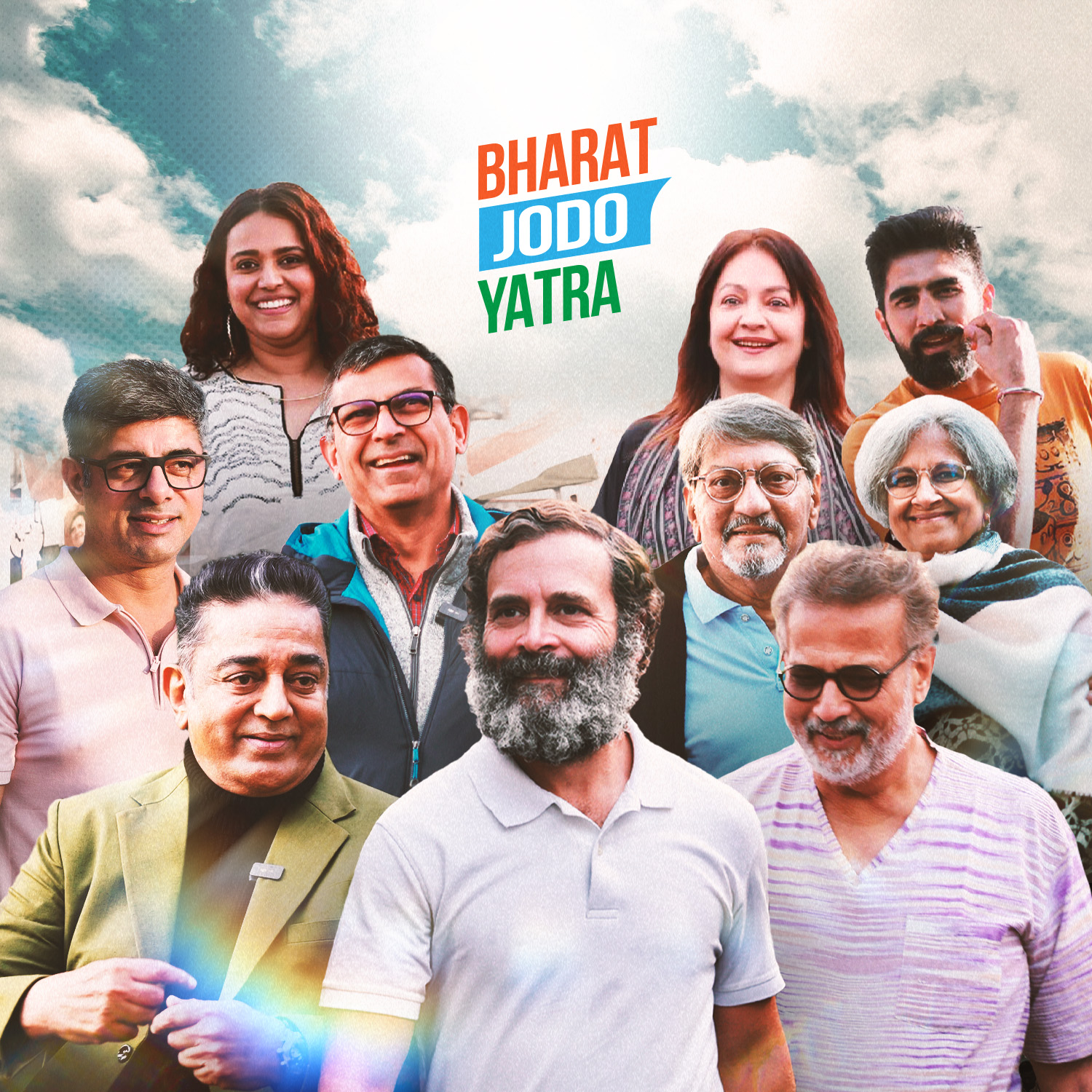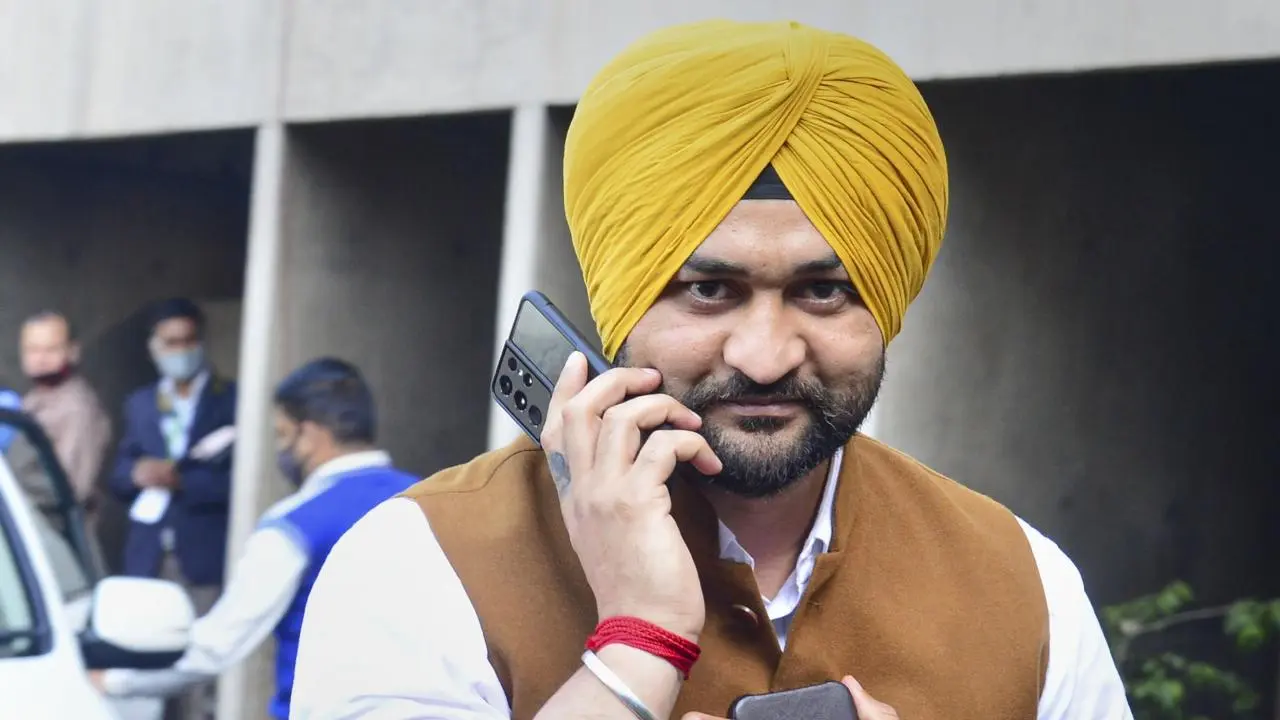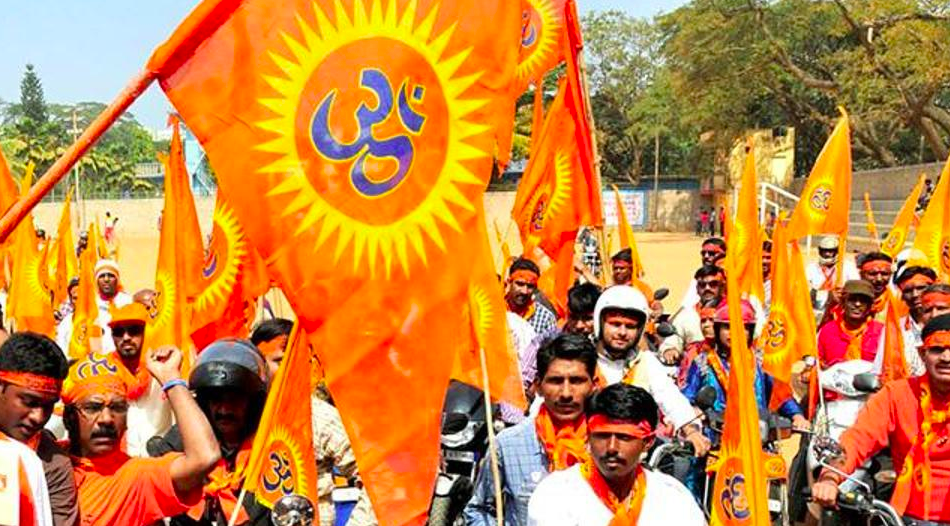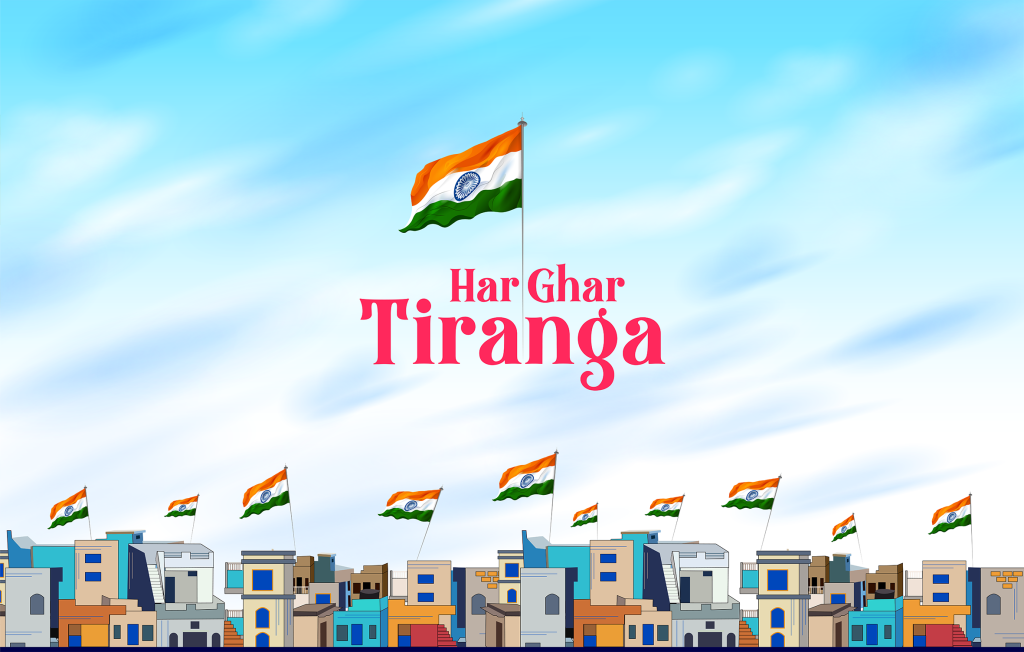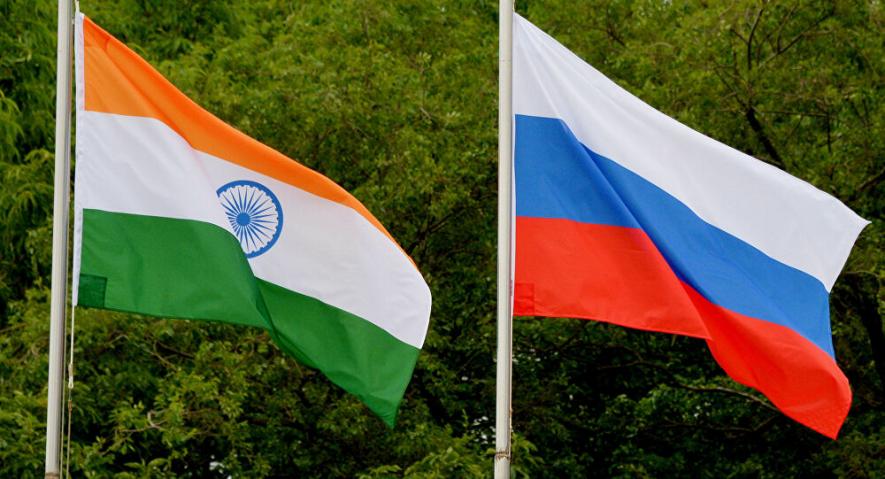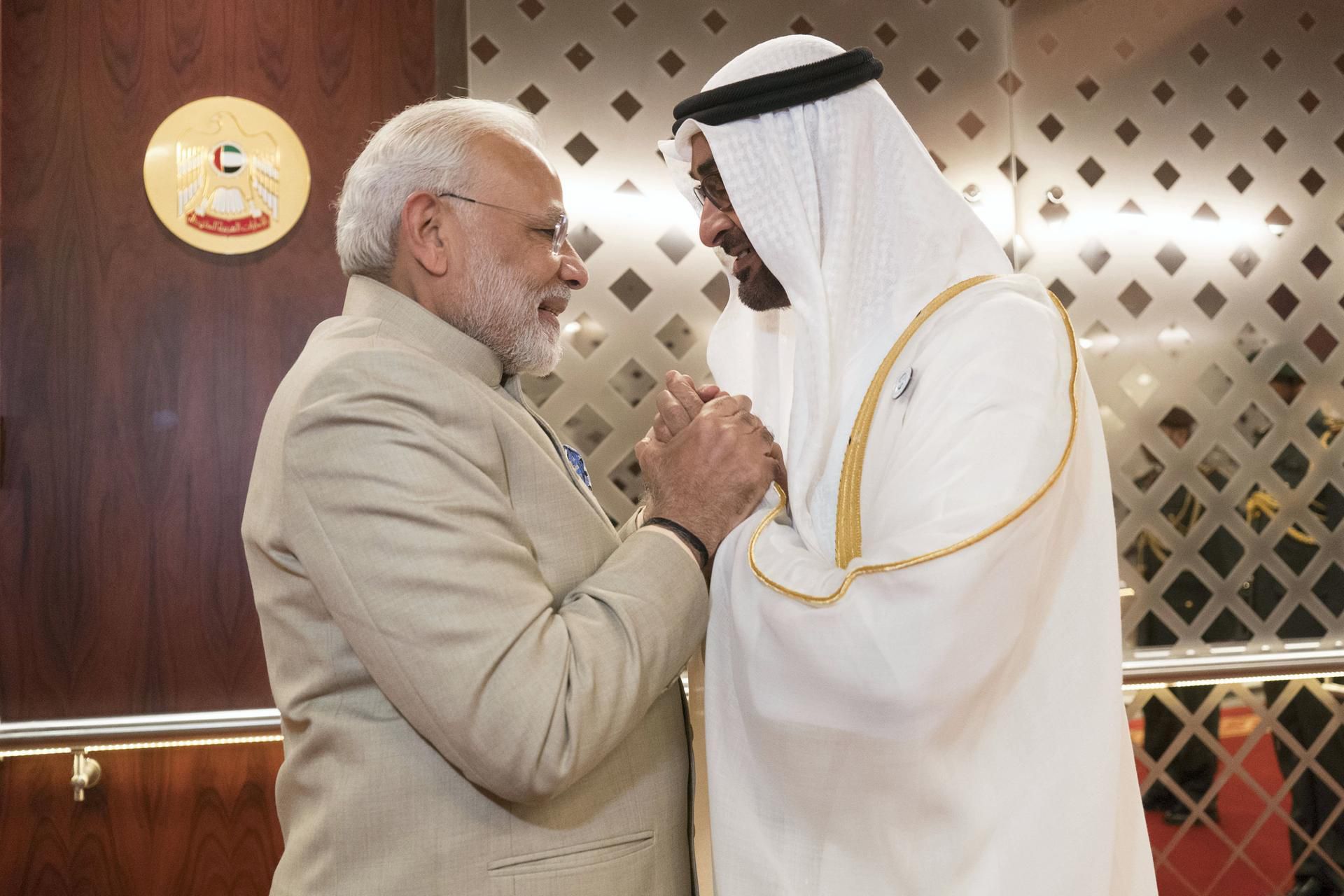Rahul Gandhi has been criticized for his lack of a clear political stance and speeches but has also been praised for his efforts in promoting the rights of marginalized communities in India. But amid his current political stunt, the million-dollar question is: as of January 30, when the Bharat Jodo Yatra came to an end, has Rahul Gandhi’s public image changed?
The yatra may have seemed to be somewhat successful in that specific endeavor, having been explicitly packaged for “Rahul to discover India” and “India to (re)discover Rahul.” However, it may be difficult to determine the true meaning and consequential purpose of a journey that caused an entitled being to walk from “Kanyakumari to Kashmir,” spanning a distance of nearly 3,500 km over the course of about 150 days. This was likely done as an “alternative political project,” built with many resources and a public relations effort.
Yes, many political observers and commentators have noted the symbolic and ideological significance of this Yatra, which aims to reimagine the grand old party’s political messaging and to discuss some of the more complex issues in a sharply divided socio-political environment, beyond electoral compulsions. However, while assessing the overall impact of “the voyage,” it is important to consider whether or not the party will ultimately (re)discover its performative role in Indian politics as a result of this protracted journey.
Both with and without Rahul Gandhi, the Indian National Congress (INC) has struggled to remain a viable political option not just on the national level but also in every Indian state where it has recently run for office. Even though the Yatra was taking place, the election chances of the Congress, which is in opposition, continued to deteriorate in each state in terms of vote share.
The majority of the Congress’ voter base was washed away by the Aam Aadmi Party (AAP), which also nearly eliminated the party’s status as the Bharatiya Janata Party’s (BJP’s) main rival in Gujarat. As this author has observed, an anti-incumbent outcome in favor of the Congress party in Himachal Pradesh was more of an anomaly than the rule for the party’s overall organizational strength to oppose the BJP wave.
Even in states where the Congress has held power, like Rajasthan, the lack of a clear vision for the party’s future in the state, coupled with a fractured organizational structure, conflicted internal party unity, and the absence of a chief ministerial face for the upcoming election cycle, present a blur.
The Yatra did, however, seem to have two additional important party-centric goals when viewed from a wider perspective, beyond being seen as a PR operation geared at repackaging Rahul Gandhi’s well-liked image among the public. First, to (re)unify India at a time when its social fabric and communal mobilization by the BJP have been severely damaged, and second, to resurrect the Congress party.
Putting the second goal first, it is arguably a good idea to imply that the Congress would be essential to any national opposition space to oppose and defeat the BJP (no matter how many fractured coalitions might be built out of regional parties). Any attempt to revive the great old party—which is in decline—while attempting to cogently unify the electorate (the people) must be recognized as a worthwhile endeavor. One can’t tell how much of this the Yatra has accomplished, even after a solid 150 days of the Padayatra.
Endorsements won’t determine the Yatra’s success or failure; politics will. It’s unclear how many hearts and minds the Yatra wins over. It doesn’t appear to have affected many people who weren’t already sympathetic at an elite level. However, a surrogate measure of the Yatra’s political success is how other political players behave. In certain states, the Yatra could have given Congress workers a boost. However, there are a few indications that it has given the party a boost. If anything, Congress’ position is less strong than it should be due to factionalism, especially in the states where it has the best chances, Rajasthan and Karnataka. Simply visit Rajasthan. Their lack of trust in the top echelons of leadership also plays a role. Will this Yatra fully reestablish that confidence?
The majority of party members may also wonder: Given that it is unclear who Rahul Gandhi’s primary supporters (or intended audience) are, what significance does his future campaign carry for the party’s own electoral prospects? Additionally, among those observed during the Yatra, women and young people (such as first-time voters) have continued to be less noticeable than other important voting groups across India.
One can even inquire about Rahul Gandhi’s future position within the party. Rahul Gandhi’s role in the Congress Party is still unclear with Kharge serving as president. Is he an academic ideologue or a morality preacher? The Gandhis may not even continue to have the same unflinching faith in the party’s organizational core as they had previously because of this doubt regarding his function, which leads to confusion and a lack of confidence in the upper command’s own role in revitalizing the party.
This view would be partly altered if Rahul Gandhi were to conclude the Yatra by proclaiming a higher role of responsibility inside the party (say, for the 2024 elections), but one will have to wait and see.
On the first of the two aforementioned goals—reunifying India—one is unsure of the Yatra’s effectiveness in energizing public support. Yes, Rahul Gandhi’s Yatra and his press conferences helped present an alternative political route/option for voters who are/were politically Left or the Center, as well as those who were starting to lose hope in India’s political opposition, to effectively counter the BJP in a narrative-building exercise. This was done by directly criticizing the deeply authoritarian, communal politics of the RSS-BJP.
Having said that, the true test of the Yatra’s message of “unity” and “social peace” for its political implications may be established by how rural voters (or those who cast their ballots in greater numbers throughout districts of states in electoral contests) would do so (especially in 2024). There hasn’t been any evidence to date of any significant wave among voters that the Padayatra may have sparked, leading to any significant electoral shift.
Thus, upon evaluation, it appears that the Yatra’s success was restricted to its “virtue signaling” efforts among a small group of people who either chose to attend it in person or supported it online. The conclusion of Rahul Gandhi’s Yatra did not result in any significant public consciousness shift.
The blistering open letter sent by Nandini Sundar to Rahul Gandhi also discusses the hypocrisy displayed by the leader and the Chhattisgarh administration of his own party, which is suspected of suppressing the agency and voice of the Adivasi population in Bastar and other regions of the state.
The most important concern is how little message the Yatra has been able to convey. This is due to three factors. The prime minister’s almost unwavering popularity comes first. Because of his popularity, any discussion of an alternative imagination falls into the trap of directing the critique at him, and after that, the audience is reduced to those who are not drawn to the prime minister’s voodoo. Second, and connected to the first, the Yatra criticizes the dictatorship in a very scholarly or abstract way. This frequently fails to engage the audience.
However, more crucially, the concept of Bharat Jodo doesn’t seem to go beyond platitudes and appealing appearances. These are crucial, but it seems like there is a dearth of messages that are both vivid and profound. India has never been more fragmented, shattered, and confused in the previous 100 years, despite the caste wars and sectarian violence at the time of Partition. An interlocking tapestry of injustices and indifference has developed. Does Yatra deal with this issue head-on? Does it provide citizens with non-state avenues to resolve it? Does it possess the ideological tools necessary to change the state so that it is not a party to these ills?
The 150-day Yatra from Kanyakumari to Kashmir comes to a close on January 30. Observing this, all one can say is that it still leaves Indians with more unresolved questions than clarity.
